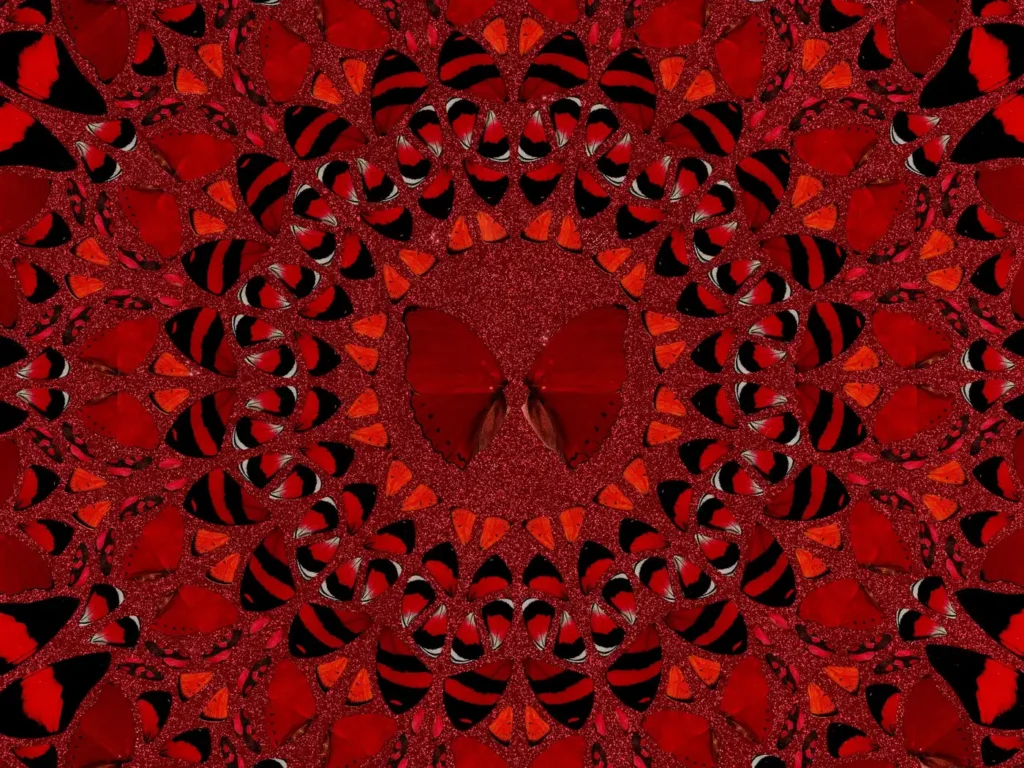
Introduction
For years, minimalist art dominated the contemporary scene with its restrained palettes, subtle hues, and an emphasis on simplicity. However, 2025 is proving to be a turning point, ushering in a vibrant, bold aesthetic that directly challenges the minimalism that has reigned for decades. Maximalist color and bold palettes are taking center stage, embracing excess, saturation, and intensity in a way that injects energy and personality into the art world. With collectors, designers, and digital artists leaning into this expressive trend, some are wondering: Is this the end of minimalist art as we know it?
The Significance of Maximalist Color in Art
The rise of maximalist color signifies more than just a stylistic shift—it reflects broader cultural, social, and emotional transformations. Here’s why this movement is so significant:
Emotional Resonance – Studies show that bright, saturated hues evoke stronger emotional reactions than neutral tones, making maximalist art more engaging.
Rebellion Against Minimalism – After years of subdued aesthetics, artists are embracing bold colors as an act of defiance against the stark and restrained principles of minimalism.
Digital Influence – In an age dominated by screens, high-contrast and vibrant artwork are more visually stimulating and engaging online.
Market Demand – The art market is responding to this shift, with maximalist pieces commanding higher prices and dominating exhibitions.
Top-Selling Maximalist Artwork and Notable Sales
Collectors are demonstrating an increased appetite for vibrant, bold pieces, with auction houses and galleries reporting record-breaking sales in this category. Here are some of the highest-grossing maximalist artworks in recent years:
Yayoi Kusama’s Polka Dot Sculptures – A recent large-scale piece fetched $15 million at Christie’s, highlighting the continued appeal of her immersive color.
Takashi Murakami’s Flower Explosion Series – Sold for $9 million at a high-profile contemporary auction.
Damien Hirst’s Kaleidoscopic Butterfly Paintings – Achieved a collective sale of $25 million in a single evening.
Njideka Akunyili Crosby’s Multi-Layered Color Portraits – Sold for $5.6 million, demonstrating the growing value of narrative-driven maximalist works.
Katherine Bernhardt’s Graffiti-Style Canvases – Her neon-infused, pop culture-inspired paintings have seen rising demand, with recent sales surpassing $3 million.
These figures prove that maximalist color is not just a fleeting trend but a lucrative investment with increasing financial potential.
Key Artists Leading the Maximalist Color Movement
Several contemporary artists are pioneering this movement, pushing the boundaries of color theory and artistic expression. Some of the most influential names include:
Takashi Murakami – Blending pop culture, anime aesthetics, and traditional Japanese influences, Murakami’s works are an explosion of color and form.
Yayoi Kusama – Known for her polka dots and immersive environments, Kusama has been a leading figure in maximalist color for decades.
Damien Hirst – His spot paintings and intricate butterfly mosaics celebrate vibrancy and symmetry in an extreme way.
Njideka Akunyili Crosby – Using a blend of colors, textures, and personal narratives, Crosby’s work highlights cultural hybridity with bold hues.
Katherine Bernhardt – Her chaotic, neon-colored compositions, often featuring pop culture icons, exemplify the essence of maximalist color.
Maximalist Color vs. Minimalism: A Battle of Aesthetics
To understand the growing influence of maximalist color, it’s essential to compare it to the minimalist movement:
Philosophy – Minimalism embraces restraint, negative space, and neutrality, while maximalist color thrives on excess, density, and vibrancy.
Emotional Impact – Minimalism often aims for calm and balance, whereas maximalist color provokes excitement, curiosity, and sometimes even chaos.
Market Trends – The demand for minimalist art is waning as collectors seek more visually stimulating, expressive works.
Why Maximalist Color Is More Popular Than Ever
Several factors contribute to the widespread embrace of bold color palettes in 2025:
Cultural Shifts – In uncertain times, people gravitate toward energetic, uplifting visuals.
Digital Influence – Platforms like Instagram and Pinterest favor eye-catching, vibrant artwork.
Interior Design Trends – Maximalist color is shaping how homes, offices, and commercial spaces are decorated, leading to increased collector interest.
Economic Factors – Art investment firms predict that maximalist pieces will appreciate at a faster rate than their minimalist counterparts.
Future Price Predictions and Market Trends
Experts forecast that maximalist color artworks will continue to increase in value as demand grows. Current trends suggest:
A 15-20% annual appreciation for key artists within this movement.
Increased museum and institutional acquisitions, further legitimizing maximalist color as a historical movement.
A rise in new artists embracing the trend, leading to broader market expansion.
Conclusion
Maximalist color is not just a passing phase—it represents a fundamental shift in artistic preferences, market demand, and emotional engagement. As more artists push the boundaries of bold palettes and saturated hues, the question remains: Is this truly the end of minimalist art, or just the beginning of a new, more colorful era?
The art piece used in this post is called “Suiko” from The Empresses, Red Butterflies Kaleidoscope Butterfly series by Damien Hirst
For Inquiries and Exclusive Promotions:
Explore our curated offerings at Artists Breath.
Discover Our Exquisite Collection:
Immerse yourself in our distinguished selection of fine art at Artists Breath Collection.
Connect with Our Artists and Gallery:
For personalized assistance or to engage with our talented artists, please reach out at info@artistsbreath.com.
Stay Informed with Our Insights:
Subscribe to our Substack for the latest in art and culture at Artists Breath Substack.